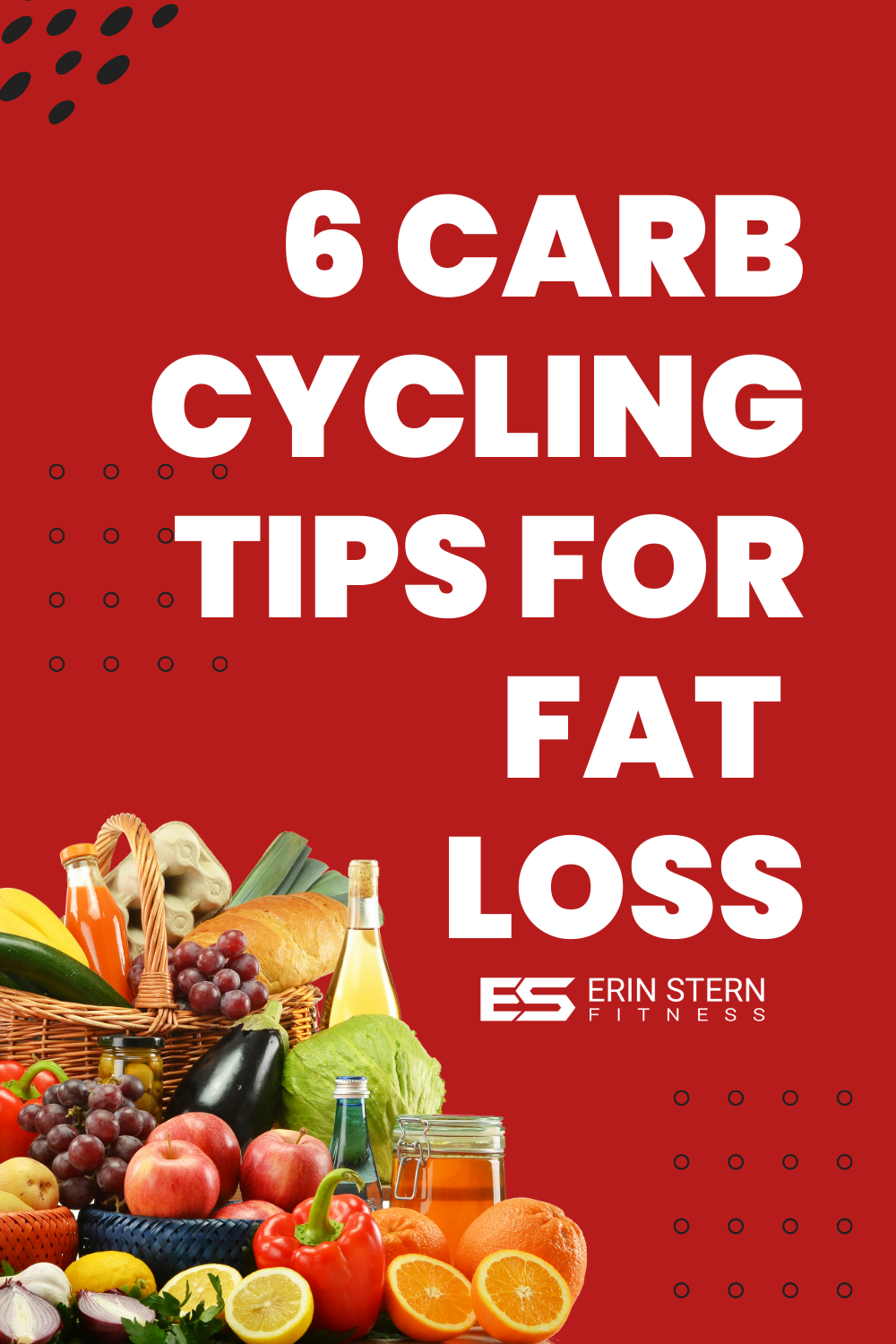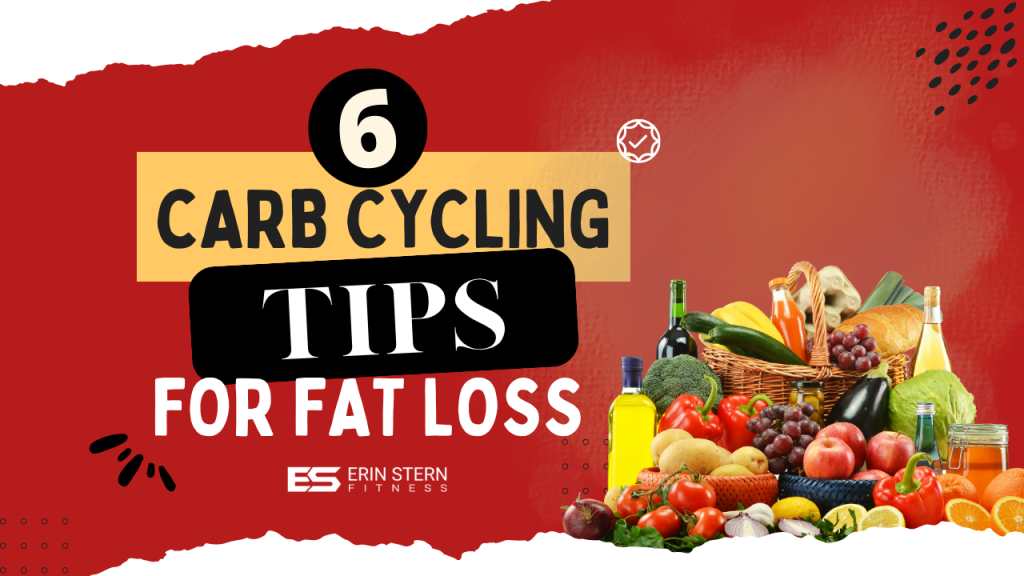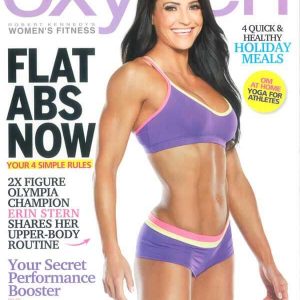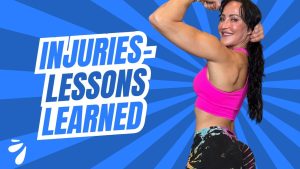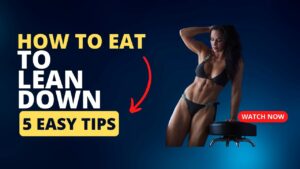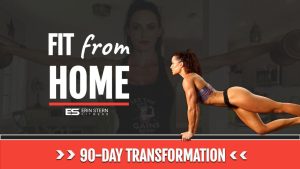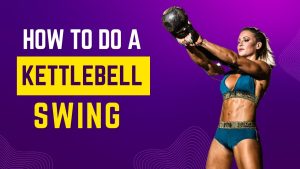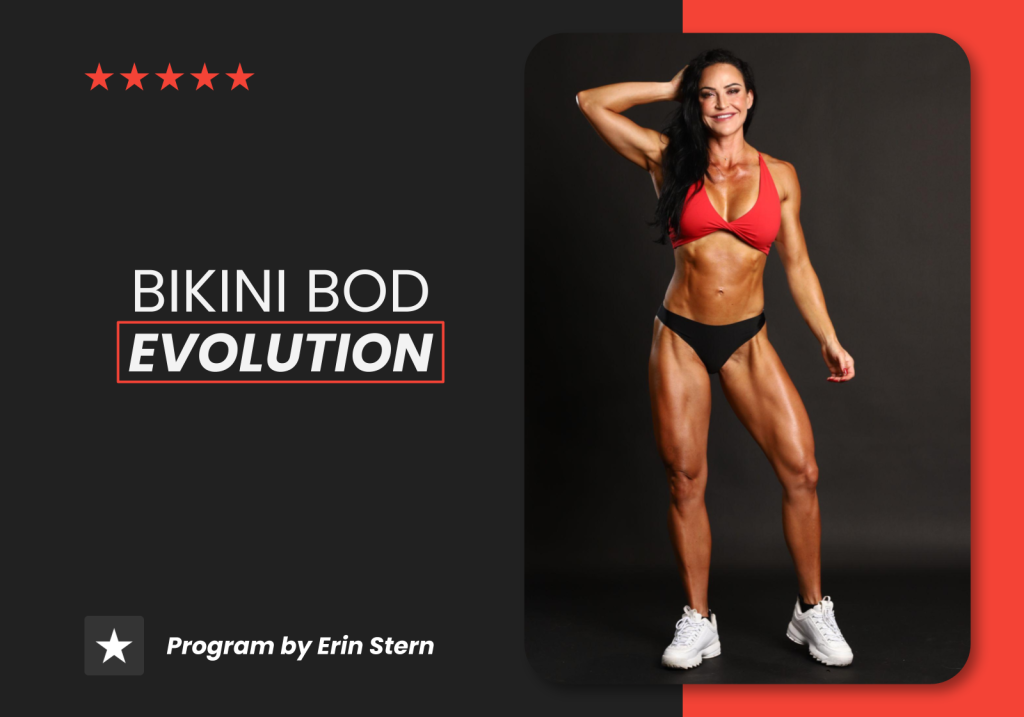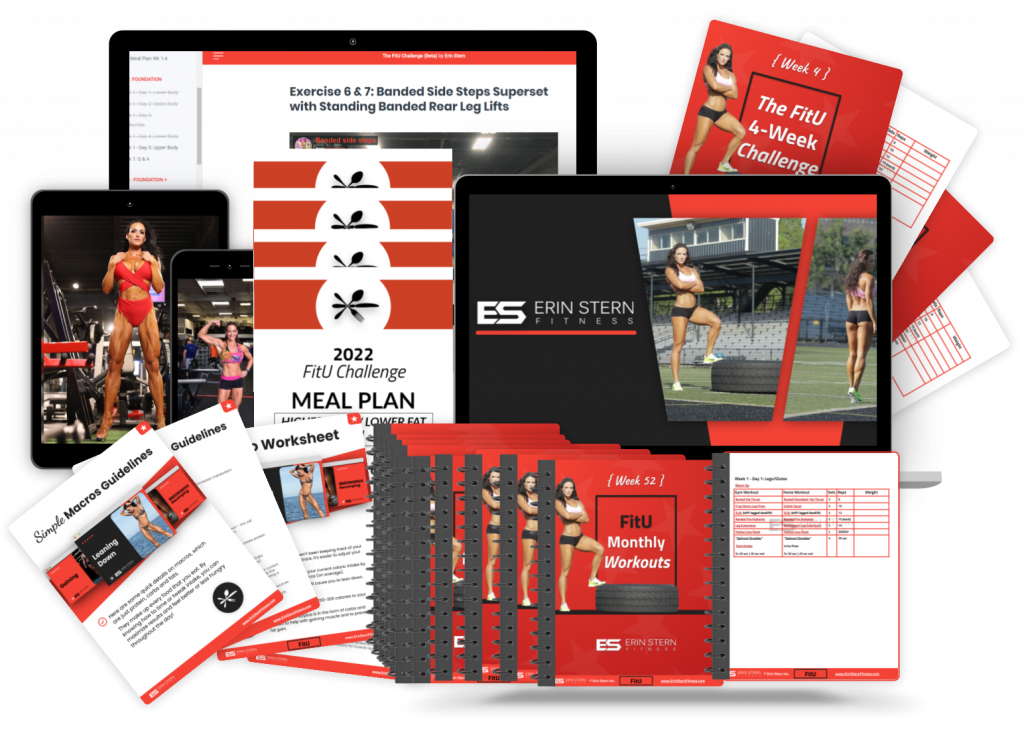What is Carb Cycling and How Can It Help Me?
Just like a change in a workout program can bring faster results, a change in a meal plan can do the same.
I think that eating the same foods day in and day out, just like doing the same exercises day in and day out, can cause a plateau in progress. A great way to encourage the body to change is to periodically adjust meal plans. One way to do this is carb cycling.
Carb cycling is a viable option if you’re looking to change things up, encourage the body to use fats for fuel, or make your meal plan better fit your activity levels.
The concept is relatively easy: Eat normal to moderate amounts of carbs most days, and toss in two to three days when you drop carbs to almost zero and eat fats for fuel instead.
Essentially, you’re “dieting”, or running a caloric deficit of 200-400 calories only a couple of days per week, and eating close to maintenance calories on all other days. The psychological benefits include better compliance and less feelings of deprivation. You can also plan 2 days per week where you eat 100-300 calories above maintenance.
These are the days where you’re pushing it the hardest in the gym, or for muscle groups you want to encourage growth in.
When incorporating these tips, keep in mind that the body does well when eating coincides with your circadian rhythm. This means that you should consume more carbs and calories earlier in the day, and decrease carbs and calories later in the day. Eat the most carbs on that post-workout meal.

If you train later in the evening, focus on eating carbs in your two meals before your workout. Afterwards, only have some lean meat and veggies or a shake with no carbs.
How To Use Carb Cycling To Lose Fat
Let’s jump right in!
1. Protein intake should remain the same on all days.
Low-carb days should be strategically matched with days off from the gym or on easy training days. Low-carb days can help the body better adjust to burning fat for fuel, while higher-carb days replenish energy sources and decrease feelings of deprivation.
2. Don’t Decrease Carbs Without Increasing Fats
The body needs either carbs or fats for energy, so it’s a good idea to make sure you’re fueling up for your day and for training. Think of carbs and fats as having an inverse relationship, meaning as you scale down on one, you’ll scale up the other.
3. Measure Your Fats and Carbs
I recommend measuring your fats because the calories can add up. On normal days, make sure to measure carbs, too. There’s a tendency to underestimate protein intake and overestimate carb and fat intake.
While you don’t have to use a food scale always, it’s a good idea for a couple of weeks. This way, you’ll get a handle on what portions are supposed to look like.
4. Stick With Whole-Food Fats
Try to stick with whole-food sources of fats for your low-carb days. These can include coconut oil in cooking, avocado, eggs, cold-water fish, grass-fed butter, and nuts. MCT oils added to drinks don’t satiate hunger as well and should be limited.
5. Up Your Leafy Greens on Low-Carb Days
It may help to increase the amount of leafy green vegetables on low-carb days. Since they’re almost calorie-free, they add bulk to a plate without changing calorie totals. We eat with our eyes first, so a full plate is visually satisfying.
6. Don’t Skip Meals
Don’t skip meals on low-carb or normal days, either. This can cause the body to break down muscle. And always have a protein-rich snack handy, just in case.
This doesn’t mean you have to eat 5-6 small meals, as studies have shown you can have fewer meals if the overall calories remain the same. Just don’t go more than 5 hours without eating.
I use carb cycling when I’m leaning down for a shoot or show. I have seen great results with it.
I do notice that my energy levels are lower on the low-carb days, but it’s only two days per week. I have tried a ketogenic diet in the past and could not function on it.
Carb cycling can offer similar benefits without the ongoing fatigue and brain fog.
Thanks for reading!
Consider sharing to your socials or with someone who might want these tips as well. Choose your option below… You ROCK!
